Timing of P application for corn and soybean production
Study author(s): Daniel Kaiser, University of Minnesota
Years of study: 2019-2022
Location(s): Crookston MN, Lamberton MN, Morris MN, Benson MN, Stewart MN, Danvers MN, Holloway MN
Important: for the complete report, including all tables and figures, please download using the link(s) to the right.
Summary
- Both Bray-P1 and Olsen soil P in June was impacted consistently by P application rate and timing. Soil test P was greater in June following spring P application as indicated by significant P timing main effects and significant rate by timing interaction in sites with high carbonates.
- Corn leaf P concentration were consistently impacted by P application rate in 2019 and 2021 and impacted by timing in 2020.
- Soybean trifoliate P concentration was not consistently impacted by P application rate or timing.
- Corn and soybean yield were impacted by P application rate at 6 of 10 corn and 3 of 10 soybean locations.
- Corn grain yield was greater at 7 of 10 sites when P was applied in Spring Grain yield was increased when up to 60 lb P2O5 were applied for corn when applied in the spring, and 90 lbs P2O5 applied in the fall produced similar yield as 45 lbs P2O5 applied in spring.
- Corn grain yield was greater for fall P application in 2 of 10 locations which were sites that were impacted by drought.
- Soybean grain yield across the nine location was linearly increased when up to 90 lbs P2O5 were applied and was not impacted by P application timing.
- Corn grain yield was at maximum when June Olsen soil test P was 6 ppm while soybean grain yield was at maximum when June Olsen soil test P was 20 ppm.
- Grain P concentration and P removed in the harvested grain were inconsistently impacted by P application rate and timing.
- Soybean grain quality (protein and oil concentration) were not consistently impacted by P application rate and timing.
- Corn grain yield was at maximum when leaf P concentration was 0.30% at V10 and 0.23% at R1.
- Soybean grain yield was at maximum when R1 trifoliate P concentration was 0.38%.
